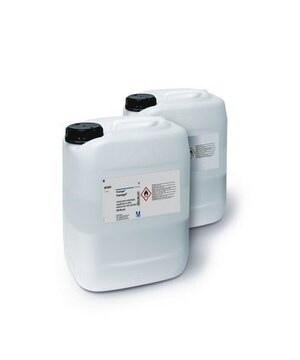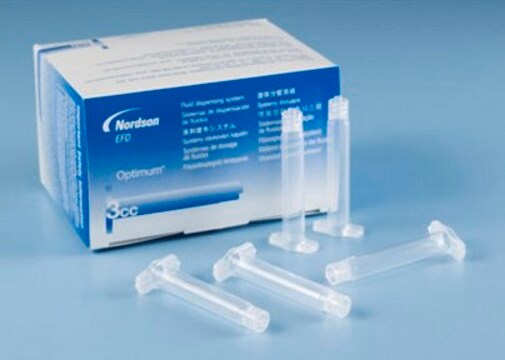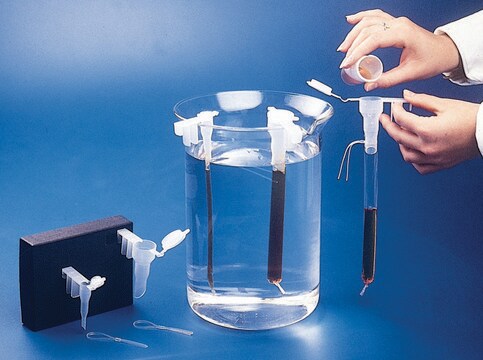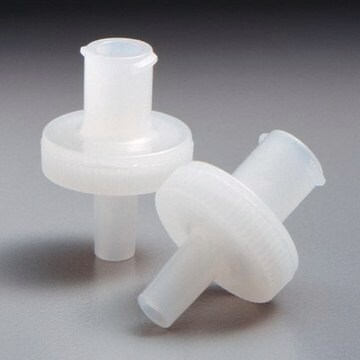NXF-20
Natrix® Q Process 150
Synonym(s):
Natrix® Q Membrane Adsorber
About This Item
Recommended Products
ligand
quaternary amine
Quality Level
description
Natrix® Q Process 150
product line
Natrix®
parameter
0.6-3 L/min flow rate
bed H
0.5 mm
bed volume
115 mL
matrix active group
Macroporous polymer
pore size
0.4 μm pore size
capacity
23 g binding capacity (BSA)(per device
per device)
separation technique
strong anion exchange
shipped in
ambient
Looking for similar products? Visit Product Comparison Guide
General description
Natrix® Q chromatography membrane is a high productivity strong anion exchange membrane designed for biomolecule purification. The unique Natrix® Q chromatography membrane is a porous polyacrylamide hydrogel containing a high density of pendant quaternary ammonium (Q) binding groups that are directly polymerized within the an inert, macroporous membrane scaffold. The interconnected pore structure and high functional group density enables fast flow rates (seconds of residence time) with impressive throughput to extremely high loads while maintaining excellent impurity reduction across a wide range of buffer conditions. The Natrix® Q chromatography membrane design delivers improvements in productivity, flexibility, and process robustness and economics for any bioprocess design. The Natrix® Q Process 150 is process scale device designed for full-scale clinical and commercial manufacturing.
mAb nominal polishing capacity: 1150 g
Membrane configuration: Pleated
1 device per package
Features and Benefits
- High density of quaternary amine binding sites enabling rapid mass transfer
- High binding capacity even at fast flow rates
- Combination of performance and speed in, single use, plug-and-play device format enables low risk, scalable solutions for efficient biomolecule purification.
Packaging
Legal Information
Not finding the right product?
Try our Product Selector Tool.
Certificates of Analysis (COA)
Search for Certificates of Analysis (COA) by entering the products Lot/Batch Number. Lot and Batch Numbers can be found on a product’s label following the words ‘Lot’ or ‘Batch’.
Already Own This Product?
Find documentation for the products that you have recently purchased in the Document Library.
Articles
Membrane adsorbers are a cost-effective, robust, single-use solution for monoclonal antibody polishing
The performance of membrane adsorbers for antibody purification is compared to quaternary amine resins, membranes, and salt-tolerant primary amine membranes.
Our team of scientists has experience in all areas of research including Life Science, Material Science, Chemical Synthesis, Chromatography, Analytical and many others.
Contact Technical Service






